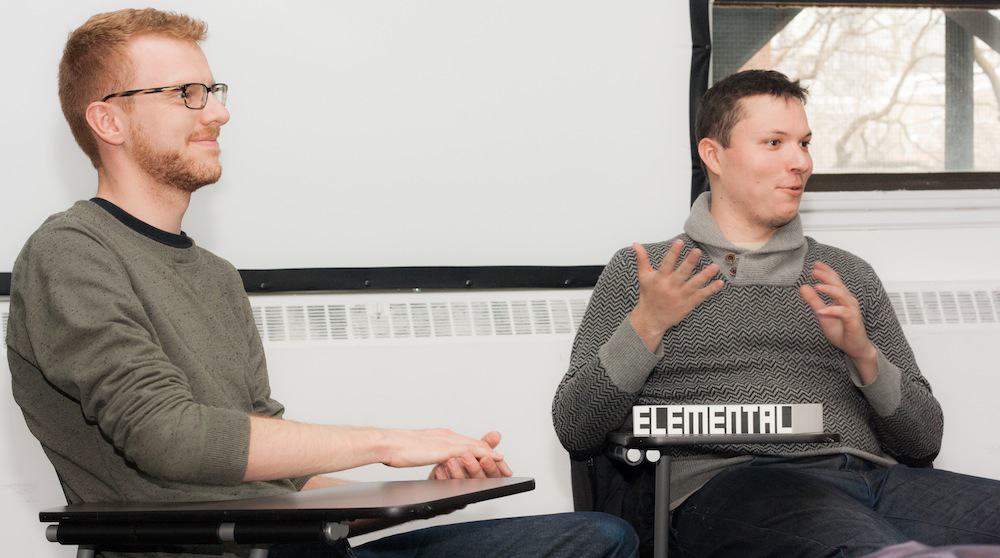Over 50 per cent of architecture students have considered quitting the program, according to a recent mental health survey conducted by the Graduate Architecture, Landscape, and Design Student Union (GALDSU). Students were asked a variety of questions regarding their sleeping, exercise, and eating habits, as well as some questions more particular to their area of study and experience at the faculty.
Some of the major issues highlighted in the executive summary of the survey included problems with student apathy, disorganization of faculty members, due dates, pressure during the last two weeks of studio, and a majority of students feeling that the faculty is not doing enough to address the mental health of the students. Seventy-one per cent of respondents reported that they did not believe they have regular sleeping patterns, and over 60 per cent reported that they exercise between zero to two hours per week. Respondents reported spending an average of 47 hours per week in the studio.
The survey was completed throughout the month of December in 2013. Just fewer than 100 students participated in the survey — a number that the executive members of GALDSU feel is representative of their program. Doug Robb, the president of GALDSU, says that the faculty has grown very quickly and now comprises 800 students.
According to Richard Sommer, the dean of the John H. Daniels Faculty of Architecture, Landscape, and Design, most students who enter graduate programs at Daniels do graduate studies and go on to seek employment. Sommer claims to be very happy that students are taking initiative to discuss the mental health of their colleagues; however, he says that the issues presented are not unusual for architecture schools: “I think it is important to put the survey in the context of how the questions were asked. Any good school of architecture in the world would yield similar results, and our faculty is not unique in this. Students are competitive, and they work hard not just because of the demands of the curriculum, but also the demand of themselves.”
Sommer argued that students get enough support from the faculty. Professors at Daniels offer 12 hours of student support per week. “I would challenge you to find another faculty that offers the same hours [of support] that the professors at Daniels do,” he said.
According to Joel Leon, vice-president of the GALDSU, students at the faculty of architecture often have very limited interactions with the rest of the U of T campus. GALDSU president Doug Robb stated that students in the faculty will more often go off-campus to buy supplies because the on-campus options are not as useful as those off-campus. Leon added that U of T students can often go to the Ontario College of Arts and Design (OCAD) for more suitable supplies. The best attended events that GALDSU hosts are often within the architecture building itself. Before the end of the semester, GALDSU plans to continue to work with students and coordinate de-stressing activities with the registrar including TGIF, the student-run café, student-run yoga, and bringing back therapy dogs.
The faculty is looking forward to moving to a new location at One Spadina Crescent, which is projected to be completed during the 2015–2016 academic year. The new building, which was spearheaded by Sommer, is meant to provide a more flexible work environment for students with a greater variety of space including student lounges and quiet areas, as well as traditional spaces.
When asked about the importance of environment on the effects of learning space, Sommers stated; “A new area of specialization in architecture is how the building affects human health. We are big believers in the environment.” Until the faculty moves to the new location, they plan on creating more opportunities for social encounters between faculty members and students.
Robb and Leon feel that this survey is just the beginning of a conversation which points to larger issues within the profession of architecture. Sommer stated that, “It is true that the life and nature of architecture as a profession is extremely demanding, stressful, and unpredictable, but it can also be creatively rewarding.”
The faculty is currently located at 230 College Street in the former dentistry building.


